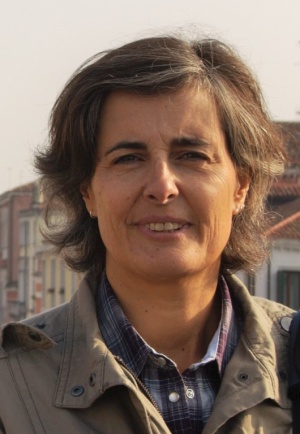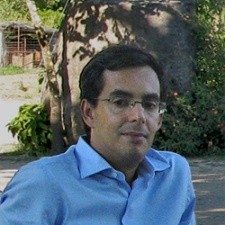Pinho, P., Correia, O., Lecoq, M., Munzi, S., Vasconcelos, S., Gonçalves, P., Rebelo, R., Antunes, C., Silva, P., Freitas, C., Lopes, N., Santos-Reis, M. & Branquinho, C. (2016) Evaluating green infrastructure in urban environments using a multi-taxa and functional diversity approach.
Environmental Research,
147, 601-610. DOI:10.1016/j.envres.2015.12.025 (IF2016 3,835; Q1 Public, Environmental & Occupational Health)
Forested areas within cities host a large number of species, responsible for many ecosystem services in urban areas. The biodiversity in these areas is influenced by human disturbances such as atmospheric pollution and urban heat island effect. To ameliorate the effects of these factors, an increase in urban green areas is often considered sufficient. However, this approach assumes that all types of green cover have the same importance for species.
Our aim was to show that not all forested green areas are equal in importance for species, but that based on a multi-taxa and functional diversity approach it is possible to value green infrastructure in urban environments.
After evaluating the diversity of lichens, butterflies and other-arthropods, birds and mammals in 31 Mediterranean urban forests in south-west Europe (Almada, Portugal), bird and lichen functional groups responsive to urbanization were found. A community shift (tolerant species replacing sensitive ones) along the urbanization gradient was found, and this must be considered when using these groups as indicators of the effect of urbanization. Bird and lichen functional groups were then analyzed together with the characteristics of the forests and their surroundings. Our results showed that, contrary to previous assumptions, vegetation density and more importantly the amount of urban areas around the forest (matrix), are more important for biodiversity than forest quantity alone. This indicated that not all types of forested green areas have the same importance for biodiversity. An index of forest functional diversity was then calculated for all sampled forests of the area. This could help decision-makers to improve the management of urban green infrastructures with the goal of increasing functionality and ultimately ecosystem services in urban areas.








